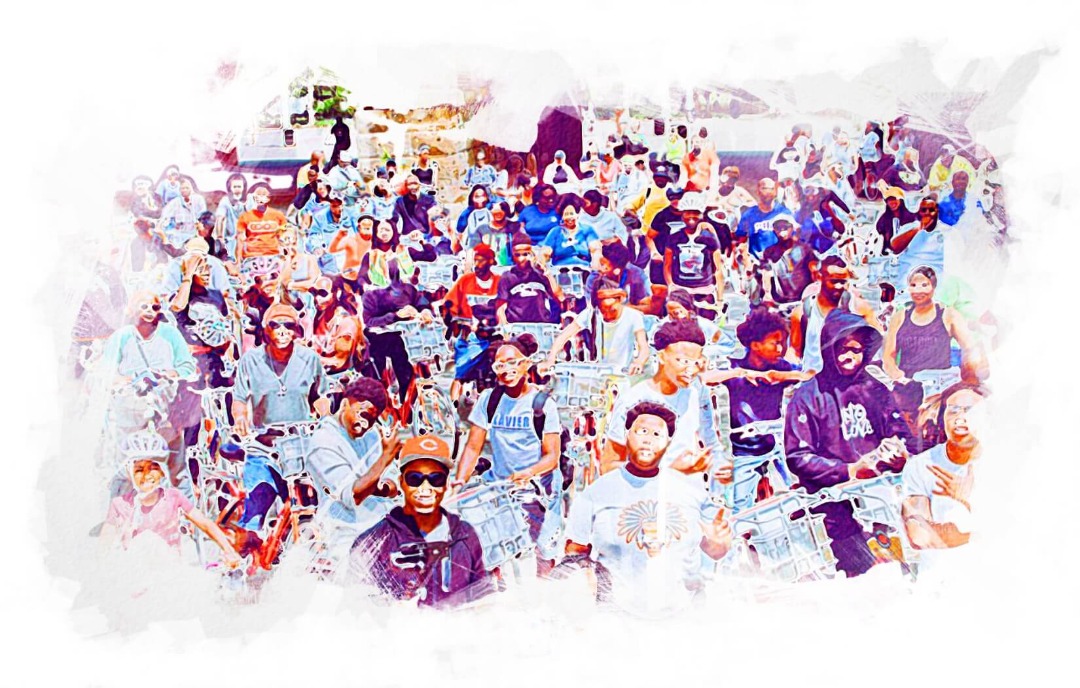Loosely defined, a target audience is the group of people we want to focus on with our marketing.
Why is it important we focus only on a certain segment of people? We hardly ever have enough budget to reach out to everyone possible and so it is important we maximize the return on our investment by focusing resources on people who are most likely to buy from us right away.
This does not necessarily mean we are excluding other potential customers. Eventually, we will get to them organically as our business grows or rapidly when we have made more money that we can spend on marketing. Without making profits quickly from a few, the business might not live long enough to serve everyone.
How do we determine the people most likely to buy from us right away?
Study Customers
If the business has been in existence for a while, analyzing the customers we already have is a great place to start. A few of the data we need to observe are, how did most of them find us? Why did they decide to pay us instead of our competitors? where are most of them located?
Study Competitors
If the business is new, this can be a good place to start. Study interactions on their social media pages as well as information on their website. Look out for audiences they are not reaching out to and consider making them a focus.
Target Specific Psychographics
Becoming a great brand requires being in existence for a good cause; showing empathy for people, knowing their problems, how they feel about it and how we want to help them solve it. Why? People resonate better and make decisions easier with people who share the same values. Target the right people based on their concerns, interests, lifestyle, personality, purchasing factors among others.
Know their Demography
Now that we know the thought and behavioural pattern of those we want to target, we can narrow our focus further based on age, gender, income, education, occupation, location and more. For location, it should go beyond just geographical boundaries. We should consider communities where they cluster both online and offline. Instead of targeting only people on a street, we can target people who go to certain places or join certain groups that suitably aligns with our offering. For example, a Facebook group for weddings will be a great place to offer photography services.
Study the Offering
We should note the greatest benefits that most people can or do derive from using our products or services and then develop our marketing message to communicate them clearly. Not the features of the product but the benefit and perceived value of it to the audience.
Alright, great steps but how do we get some of the vital information required?
- Ask your customers for feedback
- Do a survey with both online and offline forms
- Research online with tools like Facebook Audience Insight
Now that we are done narrowing down the audience, to ensure the focus is effective, it is important that we do the following;
- Evaluate the size of the audience. We must be certain there are enough people with consistent purchasing power within the defined audience.
- Create Audience Avatar(s). Something like a biography or maybe more like a resume for the focus audience. We can git it/them a fictitious name and then list out all their target attributes defined from above. This will serve as a guide for consistency.
Besides getting the maximum return on investment for a limited marketing budget, defining our target audience helps us to know which media is best to use and the marketing message that best works.


